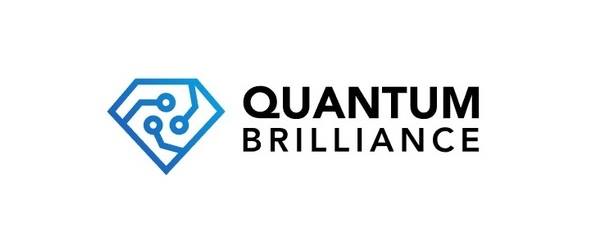Why ‘Quantum Utility’ should replace ‘Quantum Advantage’

(TechCrunch) A long-sought objective of the quantum computing industry has been to attain quantum “supremacy” — demonstrating that a quantum computer could solve a calculation that no traditional computer on Earth could do — without requiring a practical benefit.
NOTE: IQT-News summarizes here an extensive article in TechCrunch by by Marcus Doherty, Ph.D., co-founder and chief scientist at Quantum Brilliance; and Mark Mattingley-Scott, general manager, EMEA, at Quantum Brilliance, after spending 31 years with IBM. The focus in this summary is on the “utility versus advantage” discussions. Readers will also want to review the authors’ explanation of the several room-temperature quantum computing approaches and their reasons for identifying the most promising are using the so-called nitrogen vacancies in diamonds to make qubits.
Since the Google announcement, the industry intensified its efforts in attaining quantum “advantage,” which is defined as achieving a business or scientific advantage by exceeding the computing capacity of the largest supercomputers in a relevant application.
However, quantum advantage ignores one important point: Should we really wait around for million-qubit quantum steampunk golden chandeliers to outperform supercomputers before we consider quantum computers meaningful? Or should we focus on measuring performance improvements in comparison to the units of hardware we use in today’s classical computers, e.g., individual CPUs (central processing units), GPUs (graphics processing units) and FPGAs (field programmable gate arrays)?
What may be a more valuable goal for this still-nascent industry is achieving quantum “utility,” or usefulness, as soon as possible. Quantum utility is defined as a quantum system outperforming classical processors of comparable size, weight and power in similar environments.
Investors can’t be expected to keep handing out money waiting for quantum computers to outperform the few supercomputers. An annual release of new, improved and ever more “useful” quantum computers will provide the revenue assurance that will drive the long-term investment required to achieve the technology’s full potential.
Recalibrating assumptions
For the industry to achieve the vision of quantum accelerators that deliver quantum utility, the technology must be compatible with scalable semiconductor manufacturing processes, where the qubits are formed and integrated with control systems that are robust, low-maintenance and have a lengthy operational lifespan. As classical computers showed us, the best way to do this is to miniaturize and develop integrated quantum chips.
Quantum utility also means the future of quantum can be heterogeneous — accelerators can exist alongside mainframes and be deployed for different reasons and applications. It will encourage a groundswell of cooperation as opposed to direct competition — and accelerate innovation and adoption in the quantum industry.



















